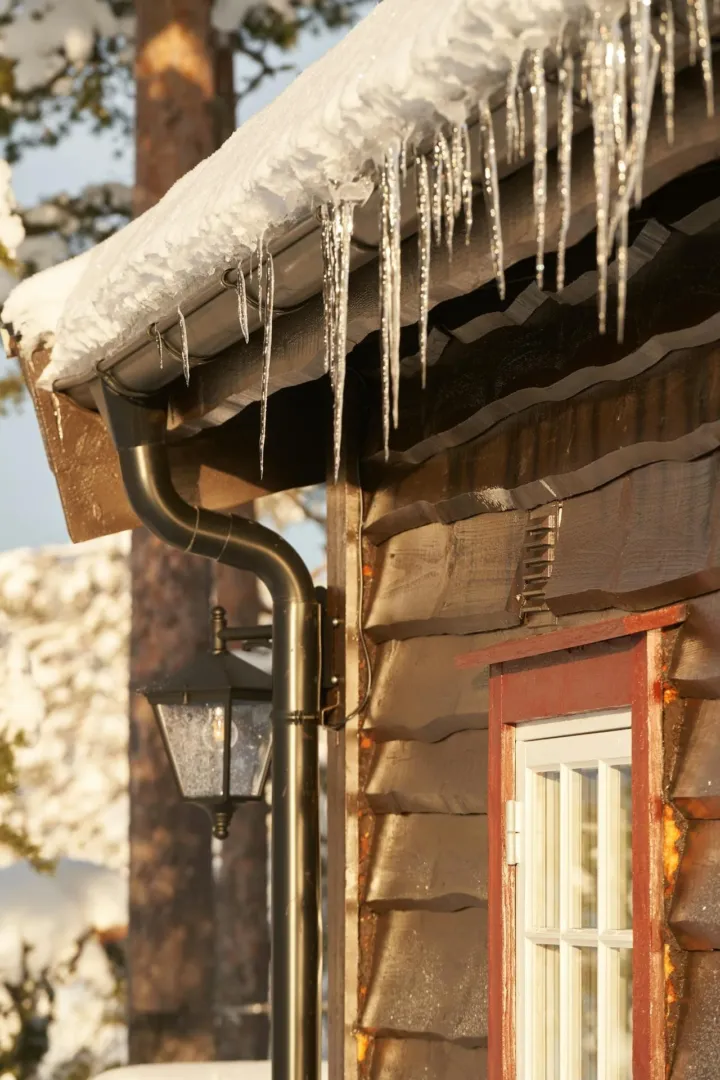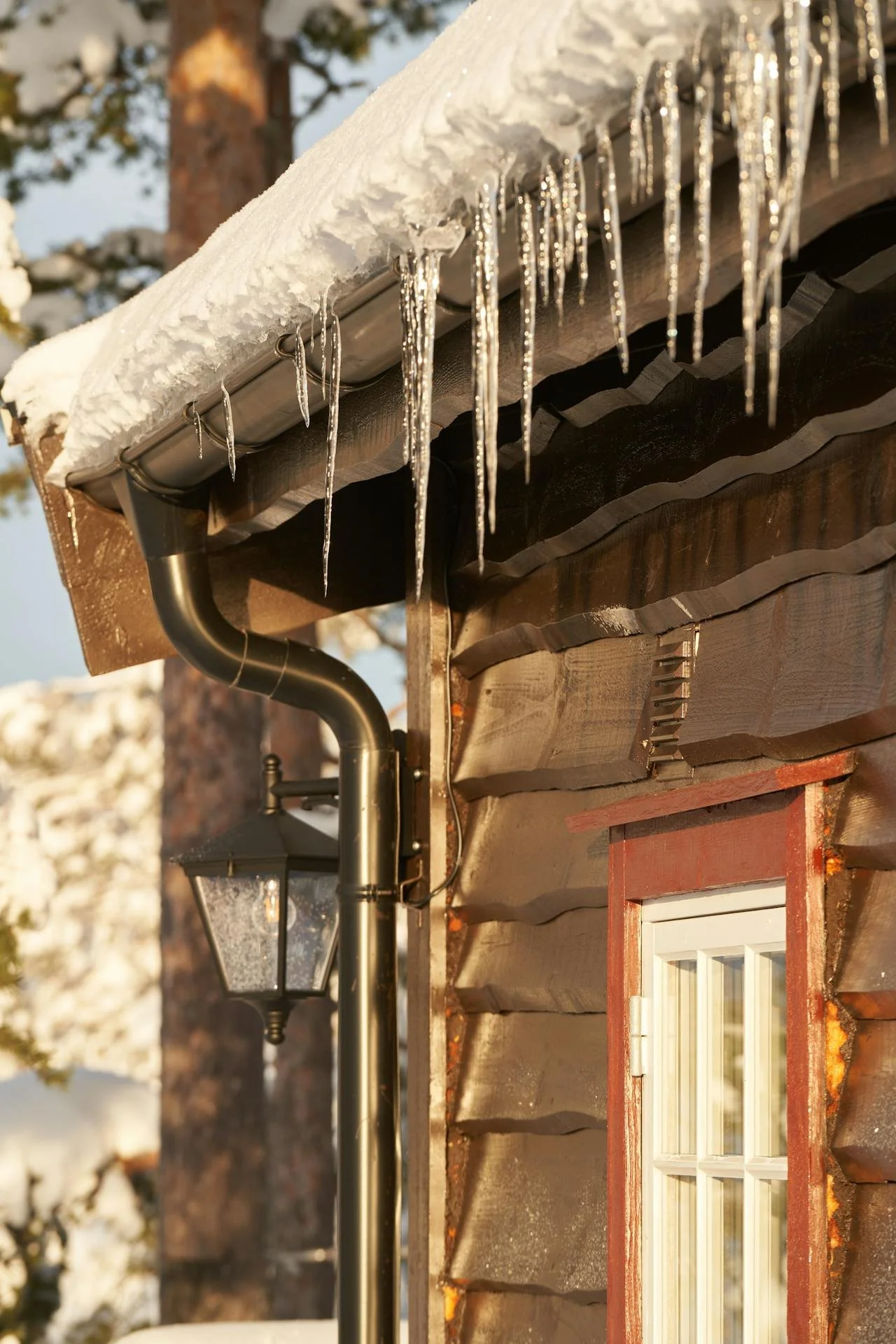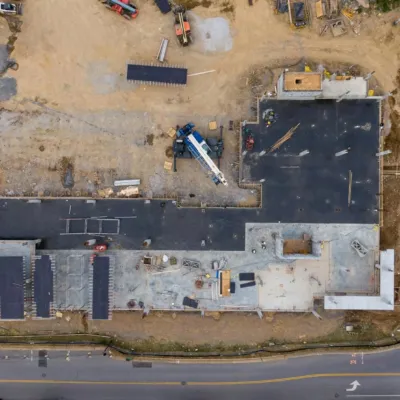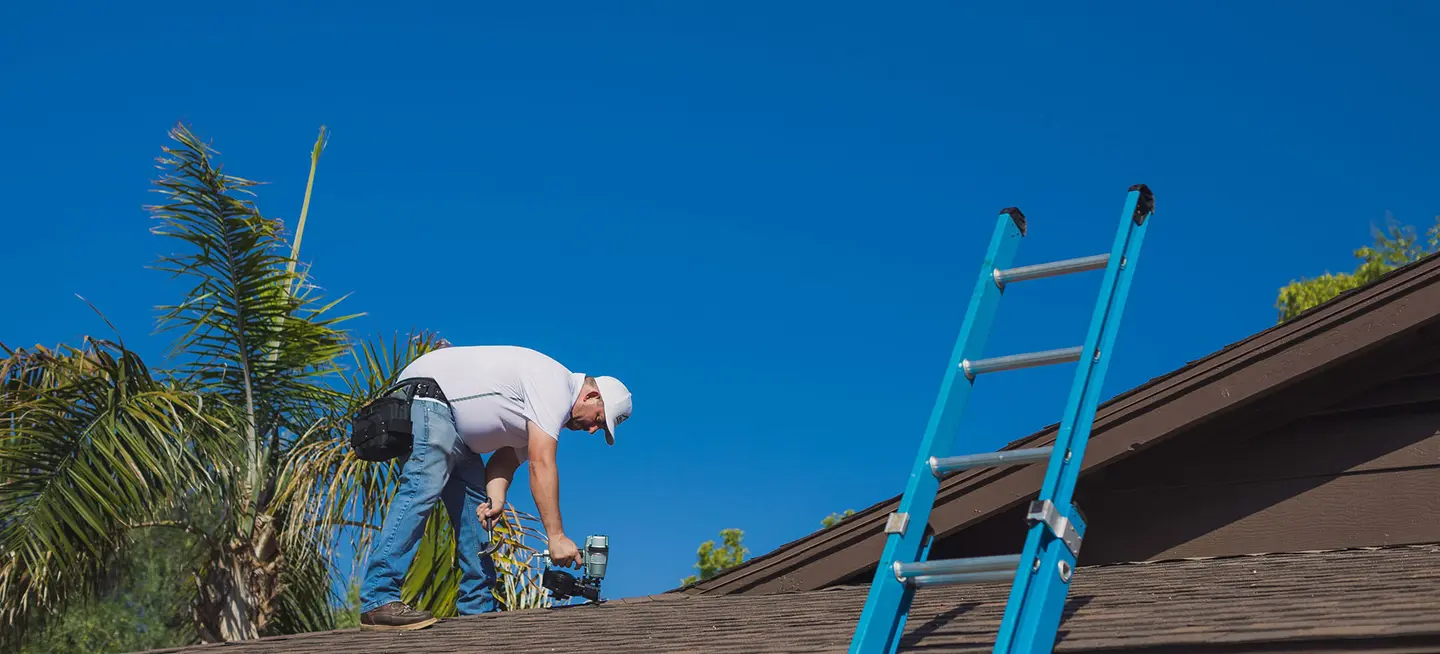
Reasons TPO Roofing is a Popular Choice for Commercial Buildings
Professional commercial roofing contractors recognize numerous advantages that make TPO an excellent option for modern construction and renovation projects.


The size of the roof matters when it comes to gutter downspouts.
When it comes to protecting your home from water damage, properly designed gutters and downspouts are essential. Roof gutter downspouts play a crucial role by channeling water from your gutters away from your foundation, helping to prevent costly issues like basement flooding, soil erosion, and foundation cracks. However, one of the most common questions homeowners ask is: How many downspouts do I need, and where should they be placed for maximum effectiveness?
Understanding the factors that determine the number and placement of gutter downspouts is key to a long-lasting, efficient gutter system. As professional roofing and gutter specialists, we’re here to guide you through the process so you can make informed decisions about your home’s water management.
The size of your roof is the starting point when determining how many gutter downspouts your home needs. Simply put, the larger the roof surface, the more rainwater it collects during storms. Every square foot of roof area contributes to the overall volume of water that your gutters and downspouts must handle.
For example, a small ranch-style home with a simple roof may require fewer downspouts than a large two-story home with multiple roof sections. If your roof covers a significant area, you’ll need more downspouts to efficiently move water away from your property.
The slope of your roof also offers a big role in gutter downspout placement. Steep roofs shed water much faster than flat or gently sloped roofs. When water rushes quickly into the gutters, it can overwhelm the system if there aren’t enough downspouts to handle the flow.
A professional assessment can factor in the roof’s pitch to guarantee your gutters and downspouts are sized and spaced correctly. If your home has a steep roof, you may need additional downspouts or larger gutter sizes to keep up with the increased water velocity.
Gutters come in various widths, most commonly 5-inch and 6-inch for residential properties. The size of your gutters determines how much water they can carry before overflowing. Narrow gutters fill up quickly and may require more downspouts to prevent water from spilling over the edge. Larger gutters can handle more water, which sometimes means fewer downspouts are needed.
Choosing the right gutter size for your house is a balance between the size of your roof, the amount of typical rainfall in your area, and the architectural style of your home. Professional installers can recommend the appropriate gutter sizes and downspout configurations to match your specific needs.
Climate is another important consideration. If you live in an area that experiences frequent heavy rain or snow, your gutter system must be created to tackle higher volumes of water. Homes in regions with mild weather may not need as many downspouts as those in areas prone to intense storms.
Local building codes and weather patterns often influence gutter and downspout requirements. Professionals can take your region’s climate into account when planning your system, guaranteeing you’re prepared for whatever Mother Nature brings.
Downspouts are available in several sizes and shapes, with the most common being rectangular (2×3 inch or 3×4 inch) and round (3-inch or 4-inch diameter). The right size depends on the size of your gutters, the expected water flow, and the aesthetic preference for your home.
Larger downspouts can move more water and are less likely to clog, making them a good choice for homes with large roofs or in areas with lots of trees and debris. Your installer can recommend the best gutter downspout sizes to provide optimal performance and minimal maintenance.
Where you place your downspouts is just as important as how many you have. Proper downspout placement guarantees that water is directed safely away from your home’s foundation, landscaping, and walkways. Here are some guidelines professionals follow:
Place downspouts at the ends of gutters and at any low points along the gutter run.
Avoid placing downspouts where water may flow toward driveways, patios, or walkways, which can create slippery surfaces or erosion.
Direct downspouts at least 3 to 6 feet away from the foundation using extensions or splash blocks.
For long gutter runs, install additional downspouts at intervals to prevent overflow.
The goal is to distribute water evenly around your property and prevent pooling or erosion in any one area. A professional can assess your landscaping and hardscaping to determine the best locations for each downspout.
A commonly used rule of thumb is to install one downspout for every 30 to 40 linear feet of gutter. However, this is just a starting point. The actual number needed can vary based on the factors mentioned above: roof size, slope, gutter size, and local rainfall.
For example, a home with a 100-foot gutter run might need three or four downspouts spaced evenly to handle the water load. If your roof has multiple sections or valleys, additional downspouts may be necessary to manage water from those areas.
In colder climates, frozen gutter downspouts can become a concern during winter months. When water trapped in the downspouts freezes, it can cause blockages, leading to gutter overflow and even ice dams on the roof. Professional installers can recommend solutions such as larger downspouts, heated cables, or regular maintenance to reduce the risk of freezing and keep your system working all year round.
Choosing the right gutter size is essential for efficient water management. Most residential homes use 5-inch gutters, which are suitable for average-sized roofs and moderate rainfall. However, if your home has a large or steep roof, or ifyou live in an area with heavy precipitation, 6-inch gutters may be a better choice.
Larger gutters can handle more water and are less likely to overflow during intense storms. When paired with appropriately sized downspouts, they offer superior protection for your home’s foundation and landscaping.
Some homes have architectural features, such as dormers or multiple roof levels, that require creative gutter downspout placement. In these cases, professionals may install downspouts that connect upper and lower roof sections, guaranteeing water is efficiently directed away from all parts of the home.
It’s important to avoid routing downspouts over walkways or driveways, as this can create hazards and increase wear on those surfaces. Professional installers can design a system that works with your home’s unique features while prioritizing safety and efficiency.
The only way to confirm your gutter system is designed and installed correctly is to consult a reliable, professional roofing contractor. While general guidelines are helpful, every home is different, and a one-size-fits-all approach rarely delivers the best results.
A professional can assess your roof’s size and slope, recommend the right gutter and downspout sizes, and determine the ideal placement for maximum water control. They’ll also account for your local climate, landscaping, and any special architectural features.
Proper gutter and downspout installation is not a DIY job. Mistakes in sizing, placement, or installation can lead to costly water damage, foundation problems, and even roof leaks. Professional installers have the experience, tools, and knowledge to design a system that protects your home for years to come.
In addition to expert installation, professionals can offer maintenance tips and solutions for common issues like clogged or frozen downspouts. Regular inspections and cleaning can guarantee your gutters and downspouts continue to perform at their best, no matter the season.
The number of downspouts your home needs depends on several factors, including roof size, slope, gutter size, local rainfall, and architectural features. While a downspout every 30 to 40 feet is a good starting point, a professional assessment is the best way to guarantee your gutter system is customized to your home’s unique needs.
If you’re planning a new gutter installation or looking to upgrade your existing system, trust a professional roofing and gutter contractor to design and install a solution that keeps your home safe, dry, and protected from the elements. With the right gutters and downspouts in place, you’ll enjoy peace of mind and long-lasting protection for your most valuable investment.
Irish Roofing Company provides Scottsdale with residential tile roof installation and replacement, shingle roof installation and replacement, metal roof installation and replacement, roof repair, roofing maintenance, and roof inspection services. Count on our uniformed, knowledgeable, and experienced roofers for high-quality roofing solutions.

Professional commercial roofing contractors recognize numerous advantages that make TPO an excellent option for modern construction and renovation projects.

Commercial roofing experts utilize specialized formulations designed for maximum durability in demanding conditions.

Composed of specialized materials designed to protect and enhance roofing systems, these coatings create a seamless, protective layer across roofing surfaces.

We offer solutions for every roof and budget. Call today for a quote. Whether it’s a roof installation, roof repair, or roof maintenance, our team is ready to help.